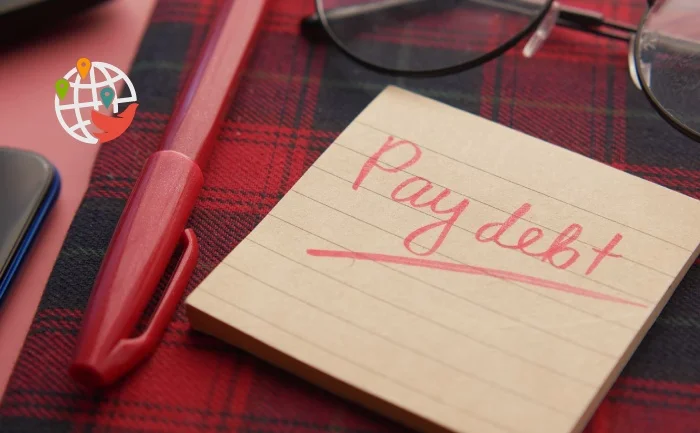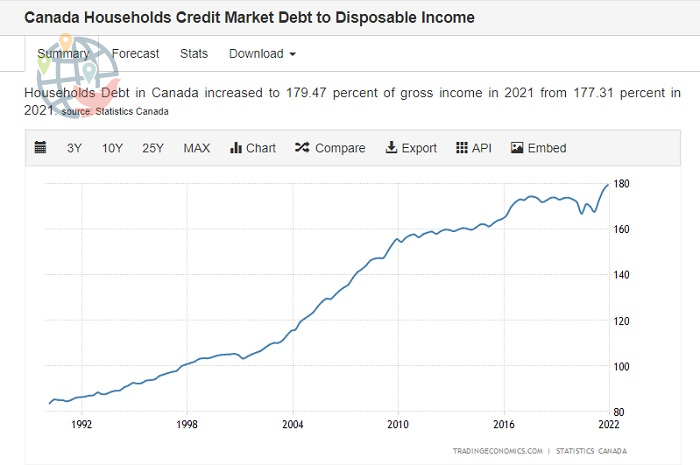What does a key rate hike mean for Canadians?

The Bank of Canada raised the rate to 1.5%.
Inflation in Canada has risen to its highest level in decades. In April the Bank of Canada raised the rate by 0.5% instead of the expected 0.25%, explaining that inflation was rising too fast. Inflation was then expected to be 6%, but has now reached 6.8%. On June 1, the Bank of Canada raised the rate to 1.5% and made it clear that this was not the limit.
It would seem that 1.5% is not that much. Canadians still remember that in the 1980s the key rate was over 10%. But since the late 1990s, Canadian families' consumer debt has exceeded their income.
 Canada is now fourth in the world in terms of the average household's debt-to-income ratio, at 179%. It is surpassed only by Norway, Denmark, and the Netherlands.
Canada is now fourth in the world in terms of the average household's debt-to-income ratio, at 179%. It is surpassed only by Norway, Denmark, and the Netherlands.
Residents of Eastern European countries borrow the least — no more than 45% of family income. This is due to the fact that people are less likely to take out mortgages: in 2018 in Russia, Latvia, Hungary and Lithuania from 81.6% to 89.9% of the population fully owned their homes. In Denmark, Norway and the Netherlands, there are fewer owners, ranging from 60.5% to 81.3%.
If you look at the statistics on the amount of consumer credit and arrears by Canadian provinces, you can see that people are mostly living in debt, and some number of people defaulted on their payments last year and before the pandemic as well.
The national average consumer debt in the fourth quarter of 2022 was $20,686 CAD per person, and that's not including mortgages, just credit cards and car loans. By the end of 2021, there was a slight increase in the delinquency rate, with credit card payments over 90 days past due up 2.7% and car loan delinquencies up 14.7% from the third quarter of 2021. This was even before the sharp rise in food and fuel prices.
As the Bank of Canada raises its key rate, all banks raise rates. Those who have had variable-rate mortgages may find that they have to pay four times as much each month. Those who are already behind on their payments will face unusually high penalties.

















